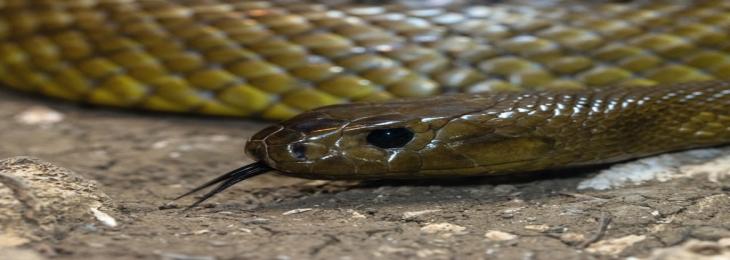
Scientists were successful in closing up these wounds within just 45 seconds, decreasing the blood loss by nearly 78 %.
During traumatic injury or surgery, stopping the bleeding quickly could save lives. Today, scientists have employed an unlikely ally for that cause – the snake venom, forming the bae of a novel “super glue” which can halt the bleeding in just seconds after stimulation with light. This active component is batroxobin (even referred as reptilase), the blood-clotting enzyme through the lancehead snakes venom. Scientists have been utilizing it since long for treating bleeding during the surgery, where before a couple years it was combined with the nanofiber hydrogel for making the injectable “bandage.”
For this new study, scientists from the Universities of Western Ontario, Manitoba and Shantou combined batroxobin in an adapted gelatin for making a type of surgical glue. Significantly it is “blood-resistant,” hence, it just won’t wash off into the flow, along with sealing up quickly after being exposed to the bright light. Basic idea behind this is that it can be packaged within a little tube in first-aid kits for the emergency use. During injury, emergency bleeding, and trauma, this ‘super glue’ could be applied through simply squeezing this tube and flashing any visible light, including the laser pointer, above it for a couple of seconds, stated Kibret Mequanint, the study’s lead author. “Even a flashlight from smartphone will do this job.”
The scientists’ team tested this concoction in mice having deep cuts into the skin, ruptured aortae, as well as liver injuries, where they were successful in closing up these wounds within just 45 seconds, decreasing the blood loss by nearly 78 %. The strength of this adhesive apparently is 10x stronger as compared to fibrin glue that currently is used widely. However, of course, there still is plenty of further work to be done, afore it can happen. This study was published within the Science Advances journal.






